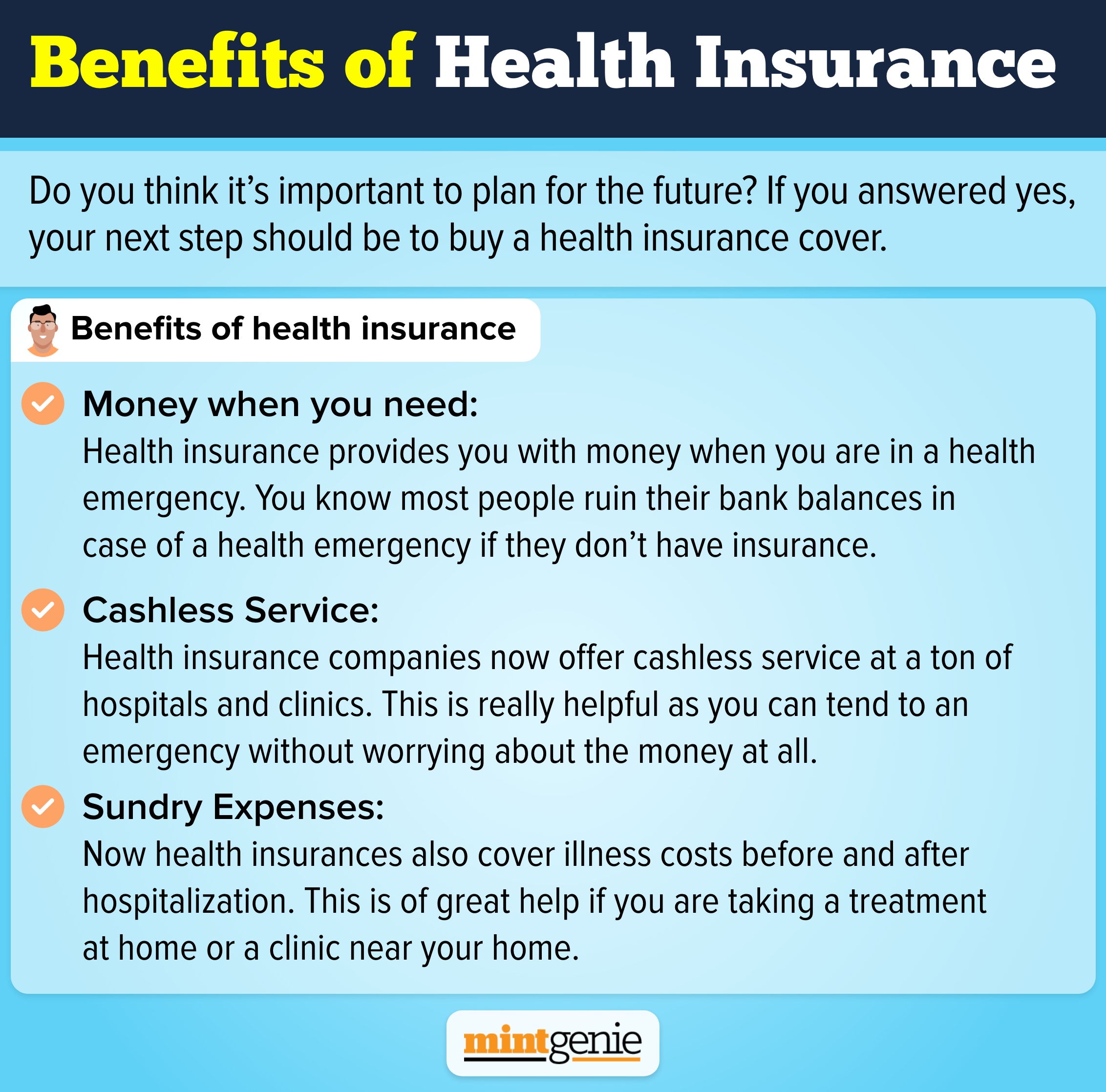Not known Details About Medicare Advantage Agent
Not known Details About Medicare Advantage Agent
Blog Article
Medicare Advantage Agent Can Be Fun For Anyone
Table of Contents3 Simple Techniques For Medicare Advantage AgentWhat Does Medicare Advantage Agent Do?Not known Details About Medicare Advantage Agent

follows from puzzling the relatively young age account of the uninsured with the far better wellness, usually, of younger individuals. This obscures the web link between wellness condition and medical insurance. For those without accessibility to work environment medical insurance, poor wellness is a potential obstacle to buying nongroup protection since such coverage may be highly valued, leave out pre-existing conditions, or be merely not available. The variety of uninsured Americans is not especially large and has not transformed in recent times. Seven out of 10 participants in a country wide depictive study thought that less Americans did not have medical insurance than actually do(Fronstin, 1998). Roughly half(47 percent )thought that the variety of people without medical insurance reduced or stayed consistent over the latter half of the last decade(Blendon et al., 1999). This decline of practically 2 million in the variety of individuals 'without insurance policy (a reduction
of around 4 percent)is certainly a positive modification. With a softer economic climate in 2000 the most up to date reported gains in insurance policy protection might not continue(Fronstin, 2001 ). The decrease in the number of uninsured will not continue if the economic climate stays slow-moving and healthcare expenses remain to outmatch inflation. This is since the information were gathered for a period of strong economic performance. Of the approximated 42 million people who were uninsured, just about regarding 420,000(regarding 1 percent)were under 65 years of age, the age at which most Americans come to be eligible for Medicare; 32 million were adults in between ages 18 and 65, around 19 percent of all grownups in this age team; and 10 million were kids under 18 years of age, about 13.9 percent of all children (Mills, 2000). These estimates of the number of individuals without insurance are produced from the yearly March Supplement to the Present Population Survey (CPS), performed by the Demographics Bureau. Unless or else noted, national estimates of individuals without wellness insurance and proportions of the populace with different kinds of insurance coverage are based upon the CPS, the most widely made use of source of estimates of insurance coverage and uninsurance prices. These surveys and the estimates they produce are described briefly in Table B. 1 in Appendix B - Medicare Advantage Agent. These studies differ in size and tasting techniques, the questions that are asked concerning insurance policy
How Medicare Advantage Agent can Save You Time, Stress, and Money.
coverage, and the moment duration over which insurance protection or uninsurance is determined(Lewis et al., 1998, Fronstin, 2000a ). Still, the CPS is especially beneficial because it generates annual estimates relatively rapidly, reporting the previous year's insurance coverage approximates each September, and due to the fact that it is the basis for a consistent collection of price quotes for greater than 20 years, enabling for evaluation of trends in protection with time.

Everything about Medicare Advantage Agent
Over a three-year period beginning early in 1993, 72 million people, 29 percent of the U.S. populace, were without coverage for a minimum of one month. Within a single year(1994), 53 million people experienced at the very least a month without protection(Bennefield, 1998a). Six out of every 10 without insurance grownups this page are themselves employed. Although functioning does improve the chance that a person and one's relative will certainly have insurance coverage, it is not a guarantee. Also participants of families with 2 permanent breadwinner have investigate this site virtually a one-in-ten chance of being without insurance (9.1 percent uninsured rate)(Hoffman and Pohl, 2000 ). The partnership between medical insurance and access to care is well developed, as recorded later in this chapter. The connection in between health and wellness insurance coverage and wellness end results is neither straight neither easy, a considerable medical and health and wellness solutions research study literary works web links wellness insurance policy protection
to improved better to care, better much betterHigh quality and improved enhanced and population health health and wellnessCondition For example, the second record, on individual health and wellness end results for without insurance adults, is represented by the innermost circle of the figure, while the third report, on family members well-being, includes the subjects of the 2nd record but highlights a different system of analysis, specifically, the family members. The 6th report in the series will certainly offer details concerning approaches and campaigns taken on locally, statewide, or nationally to deal with the absence of insurance policy and its negative effects. Levels of evaluation for taking a look at the effects of uninsurance. This discussion of medical insurance protection focuses primarily on the U.S. population under age 65 due to the fact that virtually all Americans 65 and older have Medicare or other public coverage.
Moreover, it concentrates especially on those without any medical insurance for any kind of size of time. The problems faced by the underinsured are in some respects comparable to those encountered by the uninsured, although they are generally less severe. Uninsurance and underinsurance, nonetheless, entail distinctly various plan concerns, and the methods for resolving them might differ. Throughout discover this info here this study and the five records to adhere to, the major emphasis is on persons with no medical insurance and hence no aid in spending for health and wellness care beyond what is readily available via charity and safeguard institutions. Medical insurance is an effective variable impacting receipt of treatment since both individuals and doctors react to the out-of-pocket cost of solutions. Medical insurance, however, is neither essential neither adequate to gain access to clinical services. Nevertheless, the independent and straight effect of wellness
insurance policy coverage on accessibility to wellness services is well developed. Others will acquire the healthcare they need even without medical insurance, by paying for it expense or seeking it from suppliers who use care complimentary or at highly subsidized rates. For still others, wellness insurance coverage alone does not ensure invoice of treatment due to various other nonfinancial obstacles, such as a lack of healthcare service providers in their area, limited access to transport, illiteracy, or linguistic and cultural distinctions. Official research regarding without insurance populaces in the United States dates to the late 1920s and early 1930s when the Committee on the Price of Medical Care produced a series of reports concerning funding physician office visits and hospitalizations. This concern came to be salient as the numbers of medically indigent climbed during the Great Clinical depression. Empirical researches regularly support the link in between accessibility to care and boosted wellness end results(Bindman et al., 1995; Starfield, 1995 ). Having a regular source of care can be considered a predictor of access, as opposed to a straight action of it, when wellness end results are themselves made use of as accessibility indicators. This expansion of the idea of accessibility dimension was made by the IOM Board on Monitoring Access to Personal Health Care Provider(Millman, 1993, p. Whether moms and dads are guaranteed shows up to impact whether or not their kids get treatment as well as how much careeven if the children themselves have coverage(Hanson, 1998). The health of moms and dads can influence their capability to take care of their children and the level of family members stress and anxiety. Fretting about their kids's access to care is itself a resource of stress for parents. 3 chapters adhere to in this record. Chapter 2 provides a review of exactly how employment-based health and wellness insurance coverage, public programs and individual insurance plans operate and connect to supply substantial but insufficient protection of the U.S. populace. This includes a testimonial of historical patterns and public laws impacting both public and private insurance policy, a conversation of the interactions amongst the different kinds of insurance coverage, and an exam of why individuals move from one program to an additional or end up

Report this page